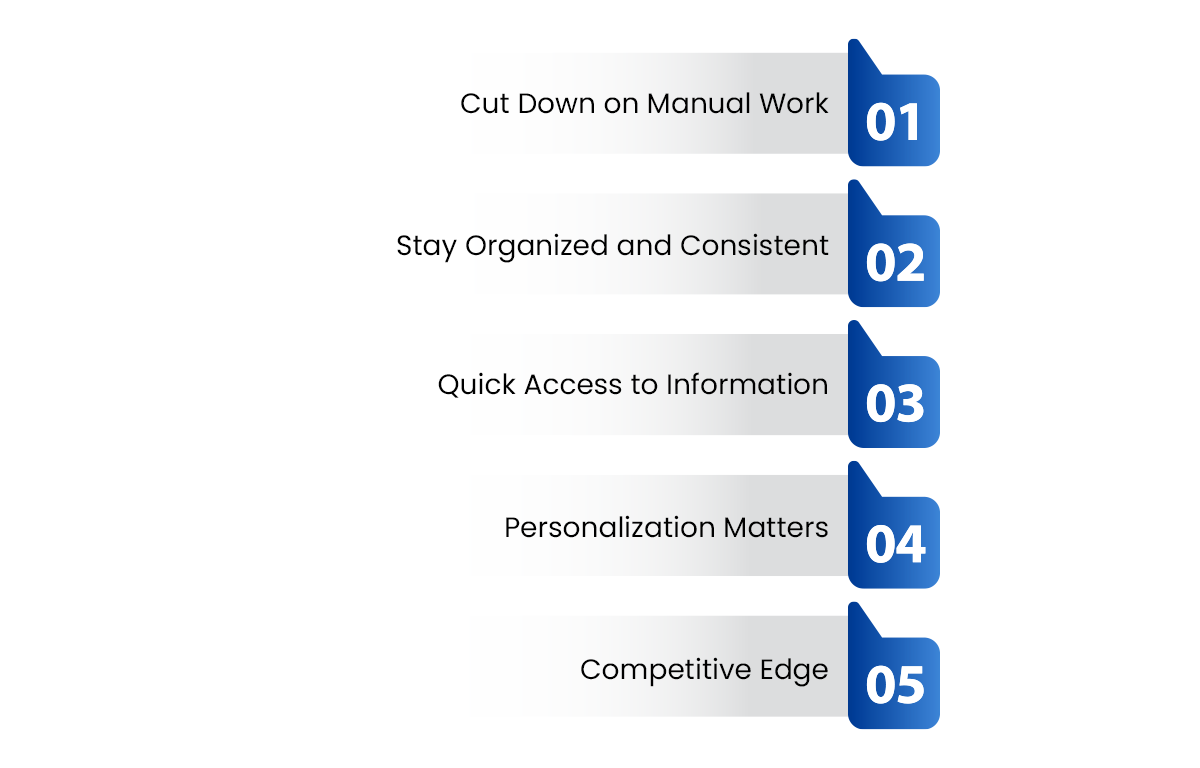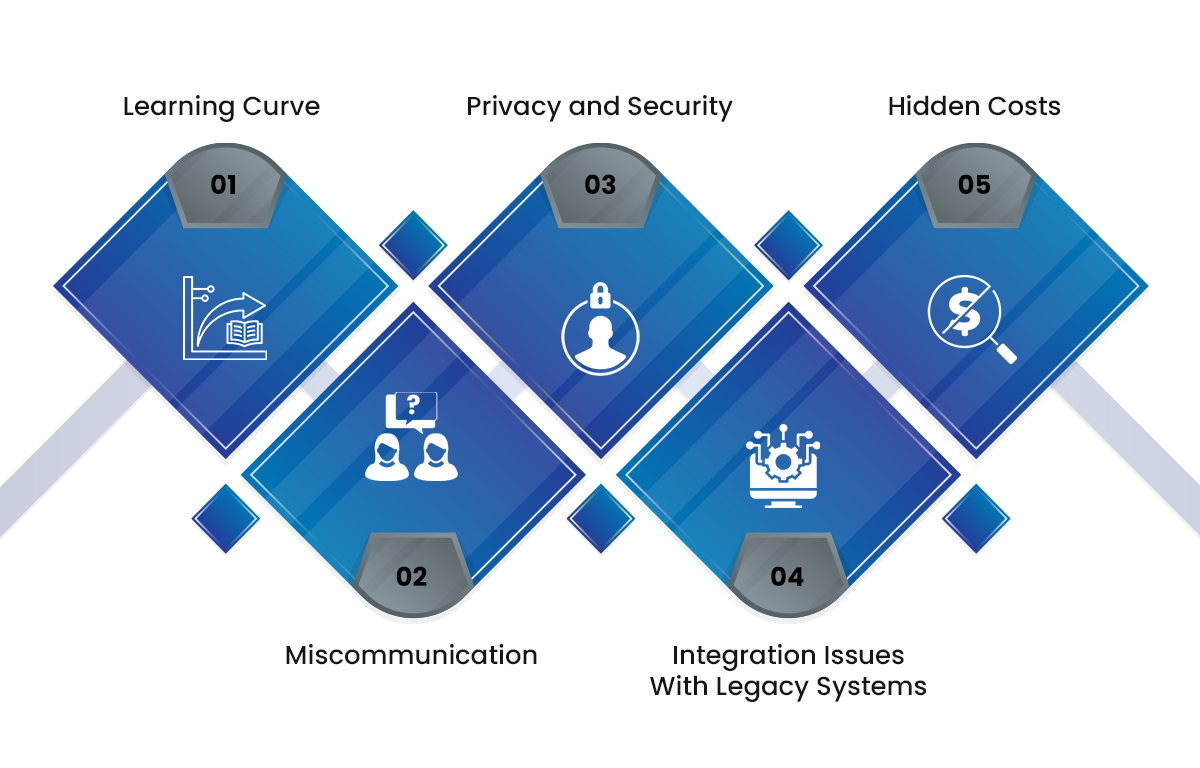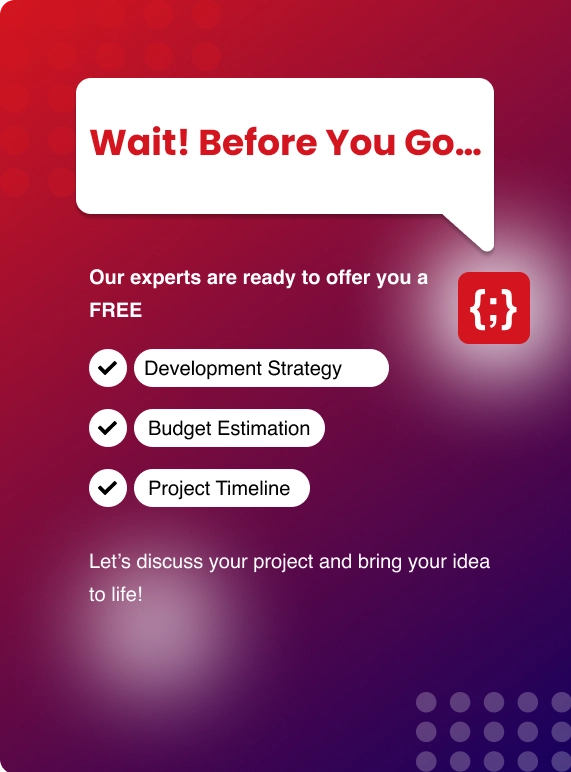The secret of getting ahead is getting started.— Mark Twain
Everywhere you look these days, someone’s talking about AI copilots. There’s buzz about tools that can answer questions, write emails, draft code, or analyze data right beside you—all while you stick to your main goals.
According to a study by McKinsey in 2024, over 40% of professionals started using AI assistants in their daily work last year alone.
As per Statista, 1.1 billion people are expected to use an AI tool by 2031
Sound familiar?
I set it up, but I haven’t really used it... it just sits there. — something I hear from friends and colleagues.
That’s the real challenge. It’s not about having access to an AI copilot but about weaving it into your workflow so naturally that, over time, you can’t picture work without it. If you’ve tried before and felt awkward or frustrated, you’re not alone.
Like any new tool or process, integrating an AI copilot can feel clunky at first. But when you get it right, there’s this sense of relief—no more juggling repetitive tasks or searching for old email templates.
Why bother at all, though? That’s what we’ll dig into first, and I’ll guide you through the practical tips, common questions, and the tricky bits you might face.
Let’s get started and figure out how to make an AI copilot truly work for you—not just in theory but in your daily routine.
Why You Need to Integrate an AI Copilot Into Your Workflow
1. Cut Down on Manual Work
Let’s face it: Repetitive tasks can eat up hours. Whether it’s sorting your inbox or reformatting reports, AI copilots can take these off your plate. This means you spend less time on busywork and more on the things only you can do.
2. Stay Organized and Consistent
AI copilots don’t forget. Unlike our brains, which are sometimes scrambled after lunch, these assistants keep things consistent. They use checklists, maintain version histories, and spot little mistakes before they get big.

3. Quick Access to Information
You don’t have to remember where that old spreadsheet is or exactly how to phrase a certain kind of report. Just ask your AI copilot, and there it is. Having this “second brain” can make even tough days go smoother.
4. Personalization Matters
Over time, most AI copilots learn how you work. They adjust to your preferences, whether you like detailed reports or just the highlights. Compare that to a generic template—it’s a big difference.
5. Competitive Edge
AI copilots make it easier to pick up new skills, spot better ways to work, and respond faster to client needs. Even if your competitors are using AI too, simply having a smoother process can keep you one step ahead.
How to Integrate an AI Copilot into Your Workflow
Bringing an AI copilot into your work isn’t just about turning it on and hoping for the best. It’s about weaving it into the rhythm of your day so it feels natural. Below, I’ll walk you through each step with real-life examples and practical advice you can actually use.

1. Evaluate Your Workflow
Before rushing into a fancy setup, pause and see where you actually need help.
Get a notebook or start a new document and write these things down:
- The typical order of your daily tasks
- The ones that feel repetitive or mindless
- The spots where things tend to slow down or get bottlenecked
Here’s what that might look like:
- If typing the same client email ten times a week frustrates you, that’s a clear candidate for automation.
- If you keep spending 20 minutes hunting for past meeting notes, maybe your copilot can store and retrieve them for you.
Think of this as mapping the gaps before filling them. If you skip this step, you risk using AI where it’s not helpful.
2. Pick the Right Copilot
Not all AI copilots are made for the same type of work—choosing one that aligns with your goals avoids disappointment later.
Here are the main categories I’ve seen work well:
- Task Assistants – Best for people drowning in scheduling, reminders, and small admin jobs.
- Writing Copilots – Perfect for drafting emails, articles, reports, or even code. They’re your “thought-to-text” partner.
- Research Copilots – Ideal for digging through information, summarizing studies, finding trends, and giving you results without endless Google scrolls.
3. Start Small
I’ve seen a lot of people fail here because they jump in too quickly. They try to make the copilot handle everything on day one, get overwhelmed, and give up.
Instead—pick one small, easy win:
- Have it scheduled for your weekly team meeting.
- Ask it to summarize your daily Slack messages.
- Let it create the first draft of your Monday status report.
Once you get comfortable with that one job, then add another. This builds trust and fluency.
4. Train and Tweak
Your AI isn’t a mind reader. The more guidance you give it, the better it will work for you. When it produces something helpful, let it know. If it’s wrong, explain why and what you wanted instead.
For example:
- Feedback: “This was too long; can you condense it into two sentences?”
- Clarifying request: “Use simple words and avoid industry jargon.”
Over time, these tiny adjustments teach your copilot your style, tone, and workflow preferences.
5. Set Clear Boundaries
One concern people often have is, “What if it runs off and sends something wrong?” The truth is—you’re in control.
Decide ahead of time:
- Will the AI just prepare drafts for you to review?
- Will it send messages on its own?
- Are there certain tasks you will never delegate to it?
In my early days using a copilot, I didn’t let it send emails directly. I wanted to check everything first. As trust grew, I started letting it handle simple follow-ups without my supervision.
Boundaries protect you in the beginning while helping the AI learn what’s safe to automate.
6. Integrate With Existing Tools
The magic really happens when your copilot works with the tools you already use instead of forcing you to jump between a dozen apps. Many AI copilots now connect with:
- Slack or Microsoft Teams
- JIRA, Trello, or Asana for tracking deadlines and tasks
- Google Workspace or Microsoft Office for draft documents
- Email platforms for direct message drafting and sorting
Check if your copilot offers plugins, connectors, or built-in integrations. This cuts down on clicks and makes the AI feel like an invisible part of your daily setup rather than “another thing to open.”
If you can trigger the AI without even leaving your main workspace, you’ll use it far more often.
7. Track Results
This part sounds boring, but it’s actually where you’ll notice if the AI is really helping you.
Keep a simple log—doesn’t need to be fancy:
- Did you save time? (Example: Your weekly report now takes 15 minutes instead of an hour.)
- Did it reduce errors? (Example: The AI caught three typos in a client proposal.)
- Did it help you respond faster?
Want to supercharge your workflow with seamless AI Copilot integration?
Our expert team at Zenesys specializes in developing custom AI Copilot solutions that adapt to your unique business processes and boost productivity.
Get Your AI Copilot TodayChallenges and Considerations During AI Copilot Integration
Even when a tool is helpful, bumps in the road can throw you off. Here’s what people often struggle with—and some ways to tackle them.

1. Learning Curve
At first, you might spend more time integrating the tool than you save. I encourage patience. Often, the initial confusion disappears after a few days of experimenting.
2. Miscommunication
If your AI copilot makes a mistake or doesn’t understand your instruction, don’t get frustrated. It’s like training a new coworker—clear feedback helps.
3. Privacy and Security
Not all data should be shared. For sensitive work, check your AI copilot’s privacy policy. Never feed it confidential info unless your company signs off.
4. Integration Issues With Legacy Systems
Older systems may not have seamless connections. Sometimes, manual workarounds are required.
5. Hidden Costs
Some AI copilots are free to start but charge for more features down the line.
Practical Tips for Getting the Most From Your AI Copilot
Decide on certain times when you’ll use your copilot. Maybe it’s every morning to check your to-do list, or at the end of the day to sum up what you finished.
Refine Prompts
The more specific your instructions are, the better the outcomes.
Keep Feedback Casual Yet Consistent
Don’t hold back—if the AI suggests something you hate, say so (even out loud—no judgment). Over time, the assistant gets better at predicting what you need.
Mix and Match
Try using multiple copilots for different jobs. For instance, combine a writing assistant for emails and a separate research assistant for gathering industry news.
How Zenesys Can Help You Integrate an AI Copilot
If you’re new to all of this, you don’t have to figure it out by yourself. Companies like Zenesys specialize in helping folks set up, customize, and get real value from AI copilots. Here’s what they usually offer:
- Workflow Mapping: They sit down with your team (virtually or in-person) to document where AI copilots should fit into your existing routine.
- Customization: Not all teams work the same way. Zenesys helps tweak AI tools so they “think” like you and your coworkers do.
- Onboarding and Training: They provide training sessions—so even your most tech-phobic teammate isn’t left behind.
- Ongoing Support: If something doesn’t work or you have a new need, support teams help troubleshoot and update your setup.
Common Questions People Have About AI Copilot Integration
Q. Will It Replace Me?
No. AI copilots work best as sidekicks, taking care of the dull stuff and surfacing information you need. The big decisions—and the creative work—are still yours.
Q. What If I’m Not Tech-Savvy?
You don’t need to be a programmer. Most modern copilots use plain language commands. If you can search Google or type an email, you’re halfway there.
Q. What About Mistakes?
AI copilots aren’t perfect. They can misinterpret requests or fumble with weird data. That’s why it’s smart to check their work, especially early on.
Q. Do I Need Special Hardware?
In almost all cases, no. If your laptop or phone can run web apps, you’re good.
Q. How Long Until I See Results?
Some tasks might show immediate benefits (like email drafting). More complex assistance, like combining multiple tools, can take a few weeks to set up.
Wrapping Up
Adding an AI copilot isn’t about chasing the latest tech trend—it’s about getting time back, staying organized, and tossing out those parts of your workflow that don’t bring value.
Don’t try to do it all at once. Start small, give yourself grace to experiment, and ask for help when you need it (companies like Zenesys are always happy to have a chat).
Above all, treat your AI copilot like a friendly assistant—one you have to train, but who will (eventually) make your workday lighter and more focused.
If you’ve tried before and bailed out, maybe give it another shot with these tips. You might be surprised how much more you get done—and how much more you enjoy your work.


.webp?lang=en-US&ext=.webp)

.webp?lang=en-US&ext=.webp)

